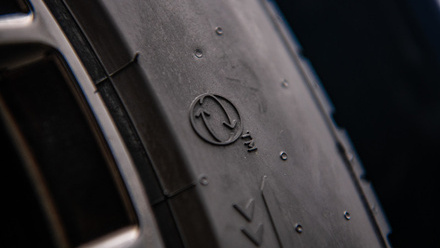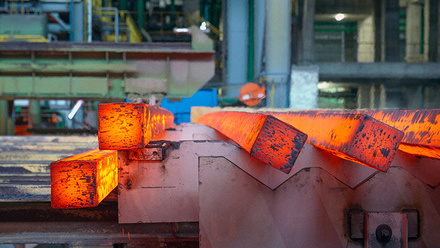A fungal alternative for leather
A study reveals that fungal leather could be more sustainable and cheaper than animal and plastic versions, imitating the look and feel of traditional leather.
Researchers from Imperial College London, UK, the University of Vienna, Austria, and Royal Melbourne Institute of Technology, Australia, claim that the fungi-based leather uses fewer hazardous chemicals and releases less carbon emissions during its production.
‘We tend to think of synthetic leather, sometimes known as vegan leather, as being better for the environment,’ says Professor Alexander Bismarck from the University of Vienna and Imperial’s Department of Chemical Engineering. ‘However, traditional leather might be ethically questionable, and both leather and plastic substitutes have issues with environmental sustainability.
‘Fungi-derived leather brings none of these issues to the table, and therefore has considerable potential to be one of the best leather substitutes in terms of sustainability and cost.’
The team concludes that the fungi can be sourced by upcycling low-cost agricultural and forestry by-products like sawdust. These serve as ‘feedstock’ on which to grow mycelium – a matted mass of elongated fungal threads, which grow into a sheet.
The current challenge of producing fungi-derived leather is in making consistently good quality mycelium sheets that exhibit uniform growth and consistent thickness, colour and mechanical properties.







